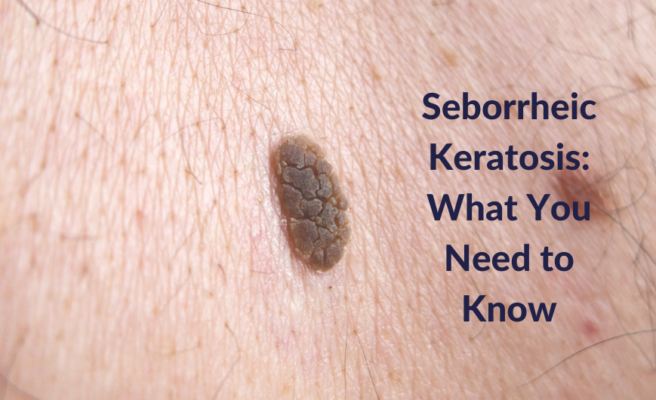The medical term for hair loss is alopecia. Hair loss is commonly considered a men’s health topic (nearly 2/3 of all men can expect some hair loss by age 60), but women make up 40% of all hair loss sufferers. The most common type of hair loss is called androgenic alopecia, which is an inherited tendency to stop producing new hairs.
How Hair Grows
To understand the different types of hair loss, it is helpful to understand how hair grows. The growth cycle of hair is divided into three phases:
- Anagen Phase – At this stage, hair grows rapidly, and it typically lasts 2-7 years.
- Catagen Phase – The hair follicle at this stage shrinks and detaches, and it typically lasts 10 days.
- Telogen Phase – At this phase, the hair is resting while a new hair is forming. Typically lasting three months, the existing hair sheds, and the new hair takes its place.
Different Types of Hair Loss
Androgenetic Alopecia
The most common type of hair loss is called androgenic alopecia, which is an inherited tendency to stop producing new hairs. Although androgenic alopecia occurs in both men and women, the pattern of hair loss is quite different. Male hairlines tend to recede, resulting in male pattern baldness. For women, the hair becomes thinner over the entire scalp, and the frontal hairline is usually spared.
Telogen Effluvium
This form of hair loss is characterized by a disproportionate number of hairs entering the telogen (resting) phase, without new hairs forming to replace them. Once these hairs shed, it can leave the scalp with significantly less hair. This type of hair loss often accompanies big medical procedures but is not typically permanent or leading to total baldness.
Anagen Effluvium
Anagen effluvium occurs when hair follicle production is stopped by something like chemotherapy.
Alopecia Areata
This type of hair loss is a symptom of an autoimmune disease. The body’s immune system attacks healthy cells, and this includes hair follicles. The process can be sudden and lead to complete baldness.
Tinea Capitis
This fungal infection is likened to ringworm, as it often leaves a circular pattern of baldness. The scalp may be red and scaly, but the condition is treatable with antifungal medications.
Cicatricial Alopecia
This rare type of hair loss involves hair follicles being destroyed by inflammation and replaced by scar tissue.
Hair Shaft Abnormalities
These forms of hair loss affect the shaft of the hairs, rather than the follicles. Hair production may be normal, but the hairs are breaking, causing the volume to thin. These can often be treated by changing hair routines, but in some cases requires medication. Although androgenic alopecia occurs in both men and women, the pattern of hair loss is quite different. Male hairlines tend to recede, resulting in male pattern baldness. For women, the hair becomes thinner over the entire scalp, and the frontal hairline is usually spared.
Hair Loss Treatment: How to Stop Hair Loss
Topical minoxidil (Rogaine) is one of the most common hair loss treatments and is available over the counter in formulations for both men and women. Minoxidil can stimulate hair growth and slow down hair loss, but it cannot cure baldness, and it may take up to six months to see any results. Women who may become pregnant also shouldn’t use minoxidil. Prescription-strength Propecia is another treatment used for cases of male pattern baldness or in women of non-childbearing potential. Platelet-Rich Plasma injections and hair transplants may also be used as a response to hair loss. Bend Dermatology has Central Oregon locations to assist with hair loss treatment.You can also book an appointment to discuss hair loss treatment with a Bend Dermatology provider today.












